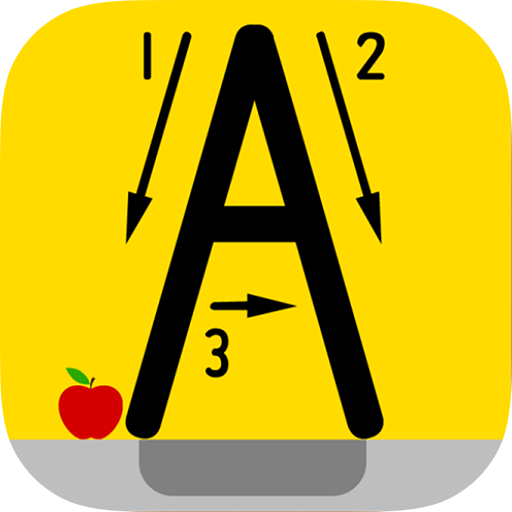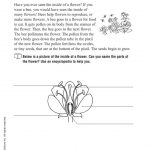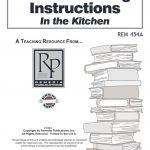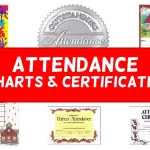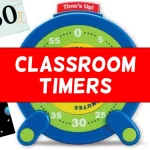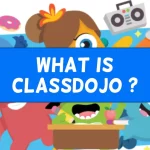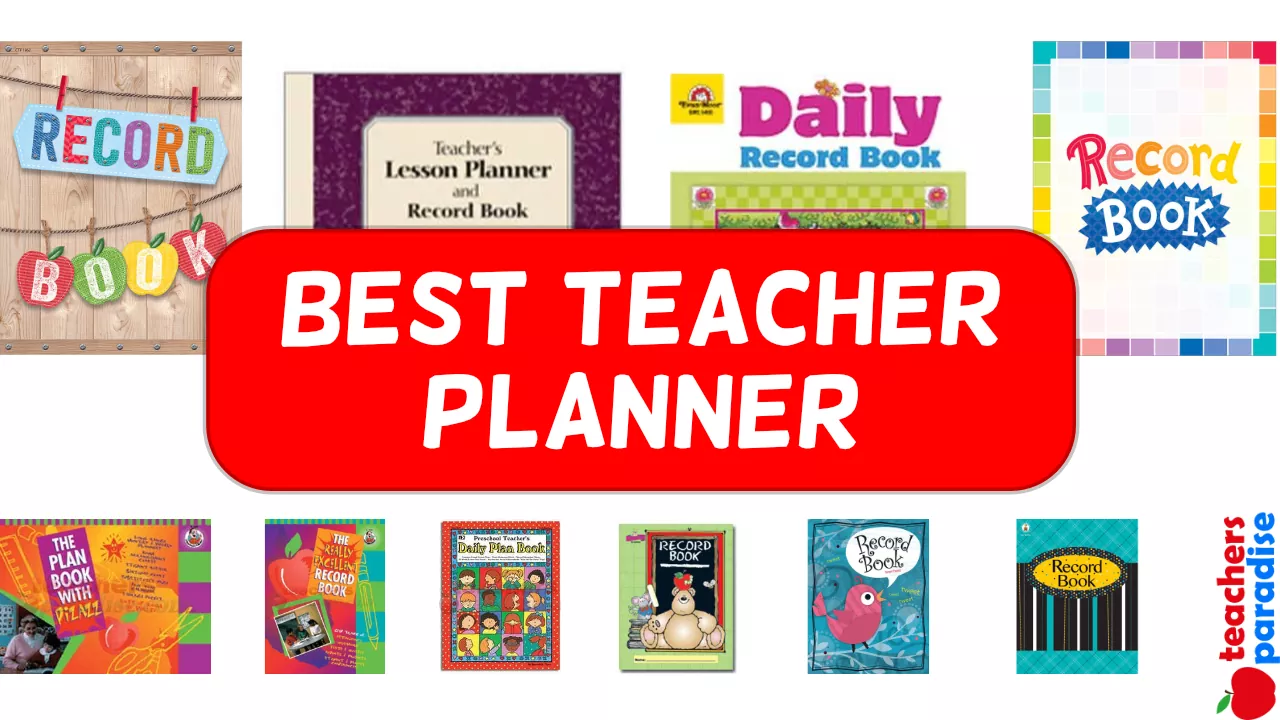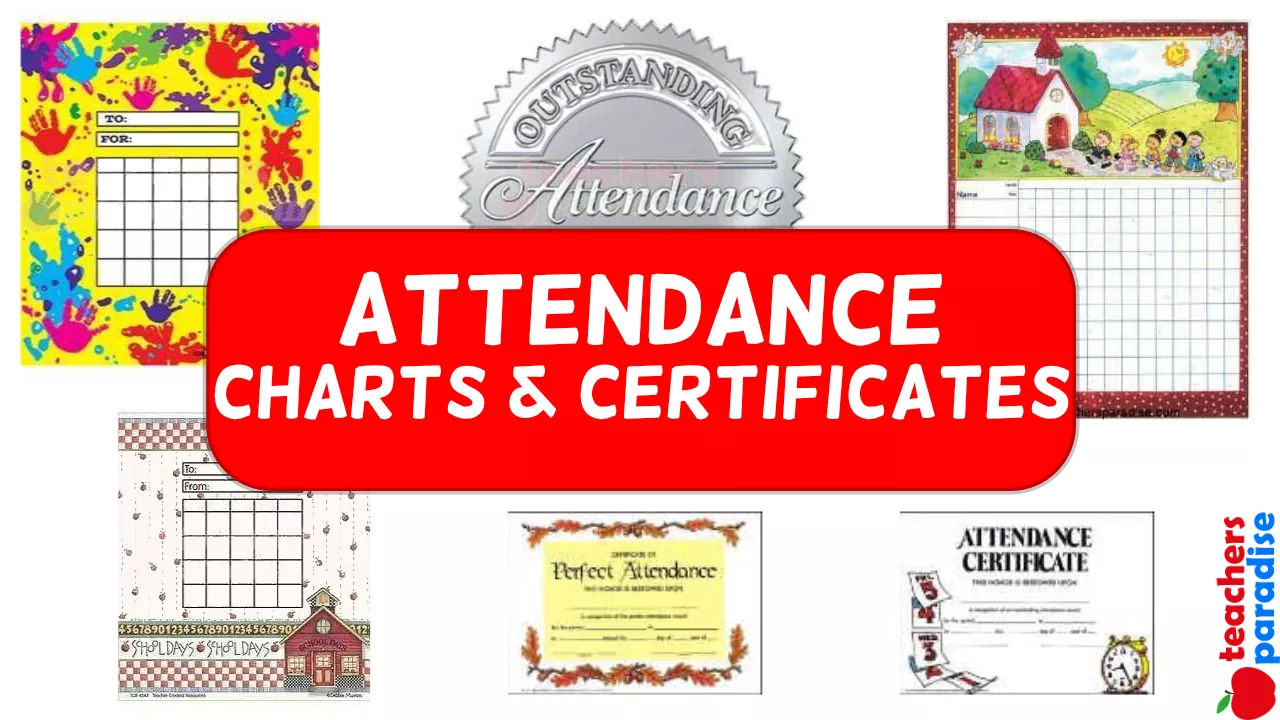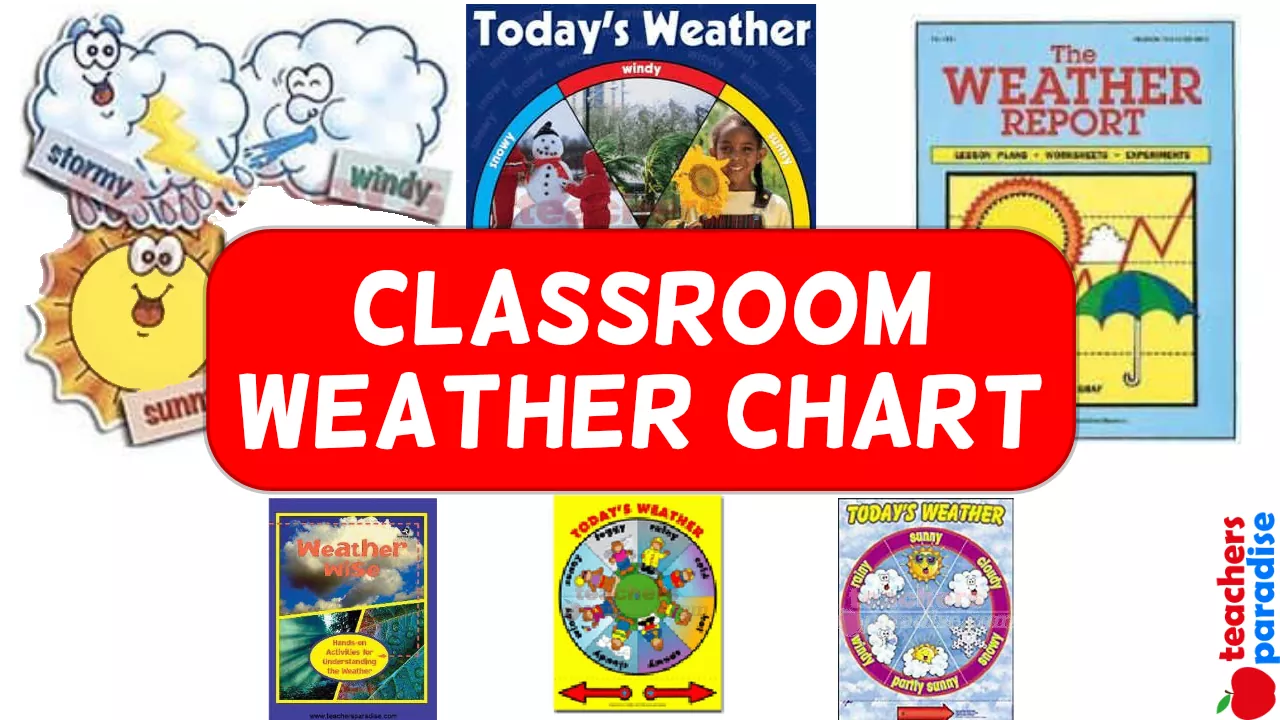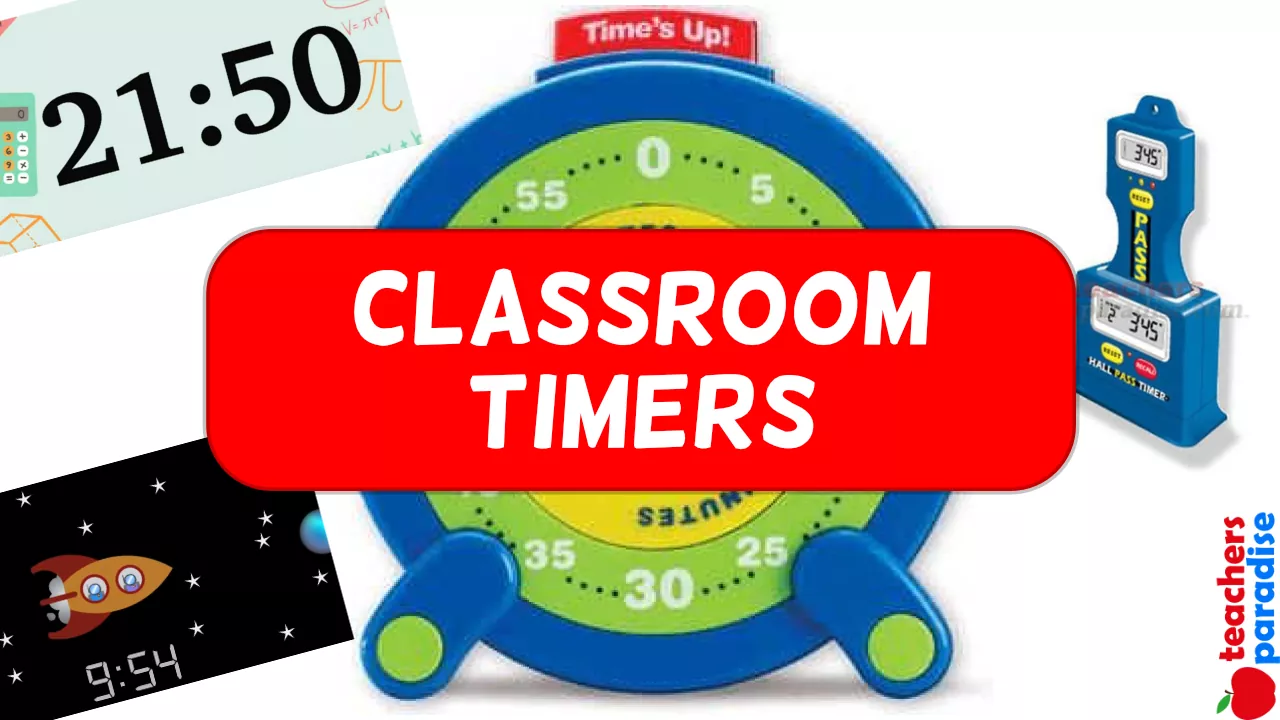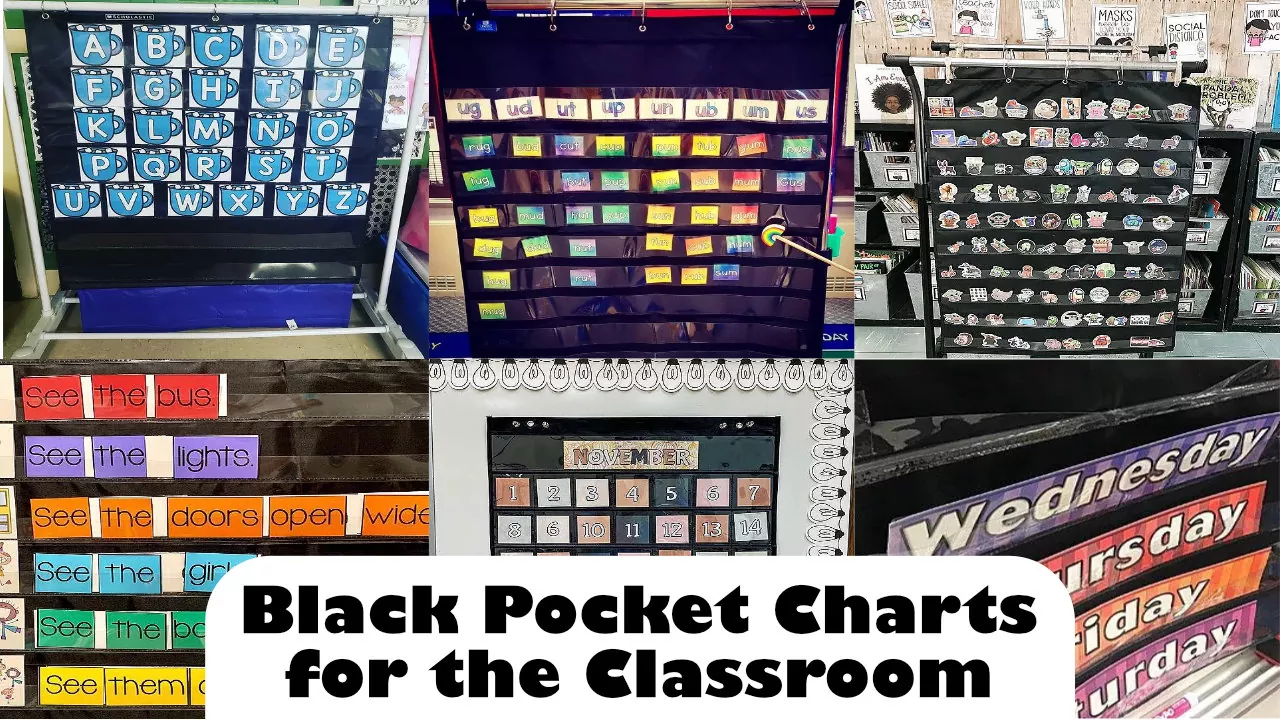The Handwriting Without Tears (HWT) handwriting method is an educational technique developed to teach children how to write clearly and legibly. Occupational therapist Jan Z. Olsen developed it and is widely used in schools and by educators and parents.
The HWT method is based on the belief that writing should be an effortless and pleasant experience for children, and it aims to eliminate everyday difficulties and frustrations associated with handwriting. The method uses a multisensory approach incorporating visual, auditory, and kinesthetic elements to encourage effective learning.
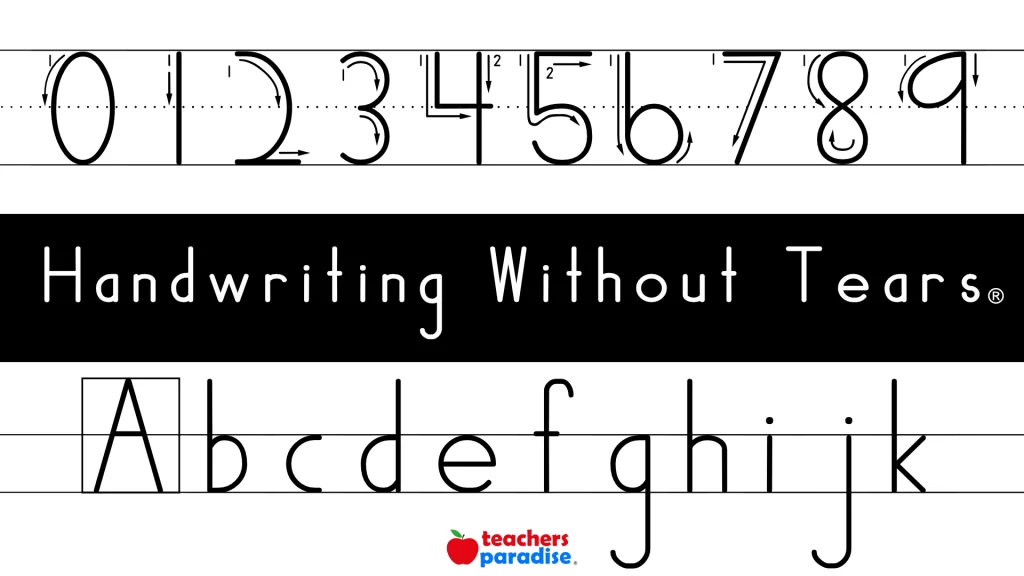
Here are seven key components of the Handwriting Without Tears method:
- Readiness Activities: The program starts with exercises that help children develop the essential skills for writing, such as drawing lines and shapes, understanding basic concepts like top-to-bottom and left-to-right, and improving hand-eye coordination.
- Letter Formation: HWT teaches children to write letters using a simplified approach. The letters are broken down into basic shapes such as lines, curves, and dots, which are then combined to form the letters. This approach helps children understand and remember the formation of each letter.
- Capital Letters: The program begins with the teaching of capital letters, as they are typically easier for young children to learn. The method emphasizes proper letter formation and encourages consistency in size and shape.
- Lowercase Letters: After mastering capital letters, children move on to learning lowercase letters. HWT uses a similar approach, breaking down lowercase letters into basic shapes and guiding children through proper formation.
- Consistency and Rhythm: The method emphasizes consistency in letter size, spacing between letters and words, and overall legibility. It also incorporates rhythmic elements to help children develop a fluid writing motion.
- Multisensory Approach: HWT incorporates various sensory experiences to enhance learning. Children are encouraged to use their visual, auditory, and kinesthetic senses while practicing writing. For example, they may use tactile materials like wooden pieces or play dough to trace letters, listen to verbal instructions, and practice writing in the air or on different surfaces.
- Integrated Activities: The HWT method integrates handwriting practice with other language skills, such as letter recognition, phonics, and vocabulary building. This helps children see the practical application of their writing skills in reading and language development.
The Handwriting Without Tears method has been widely praised for its effectiveness in teaching children of different abilities and learning styles. By breaking down the complex process of handwriting into manageable steps and incorporating sensory experiences, it aims to make the learning process enjoyable and accessible to all children.

